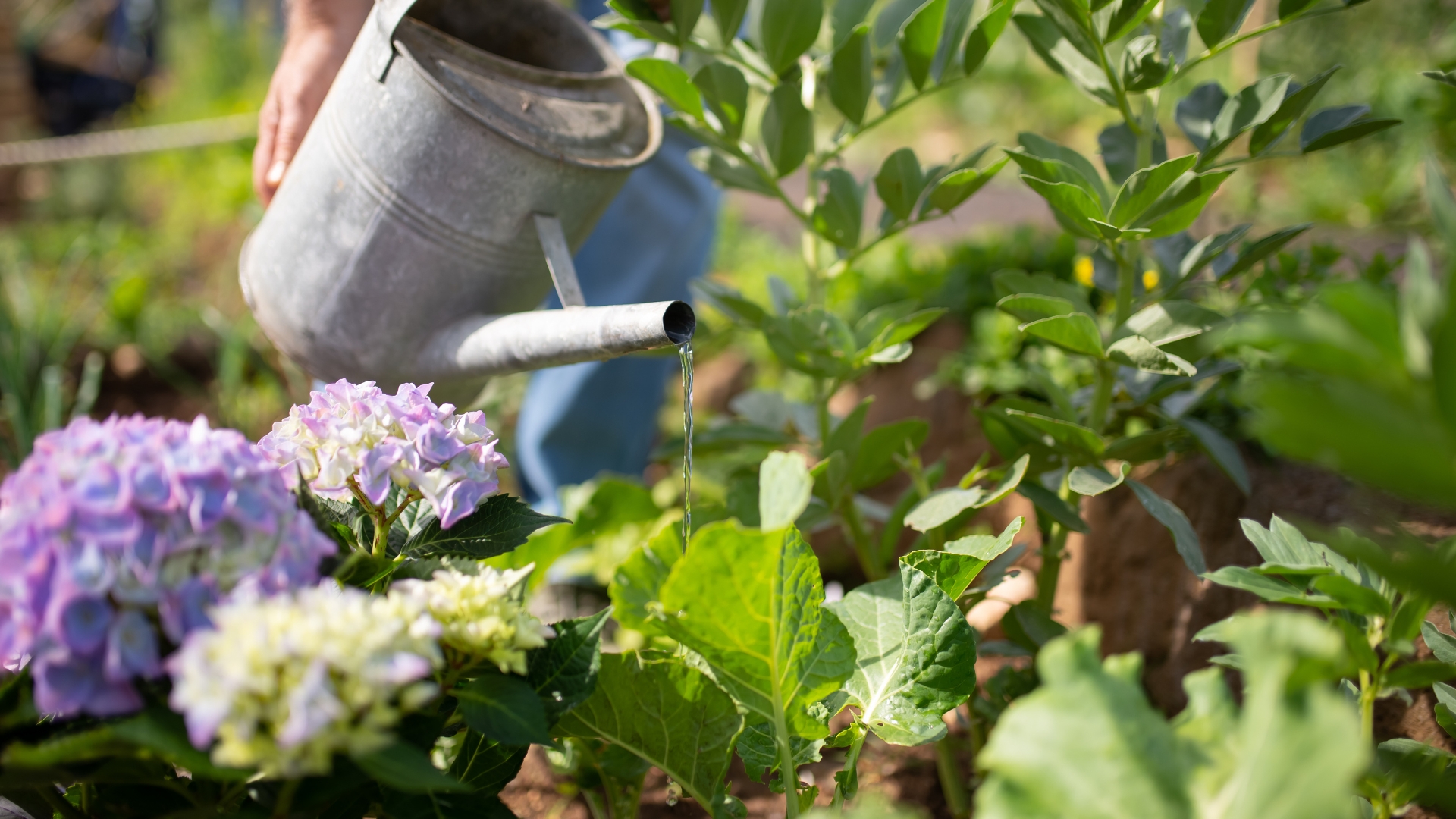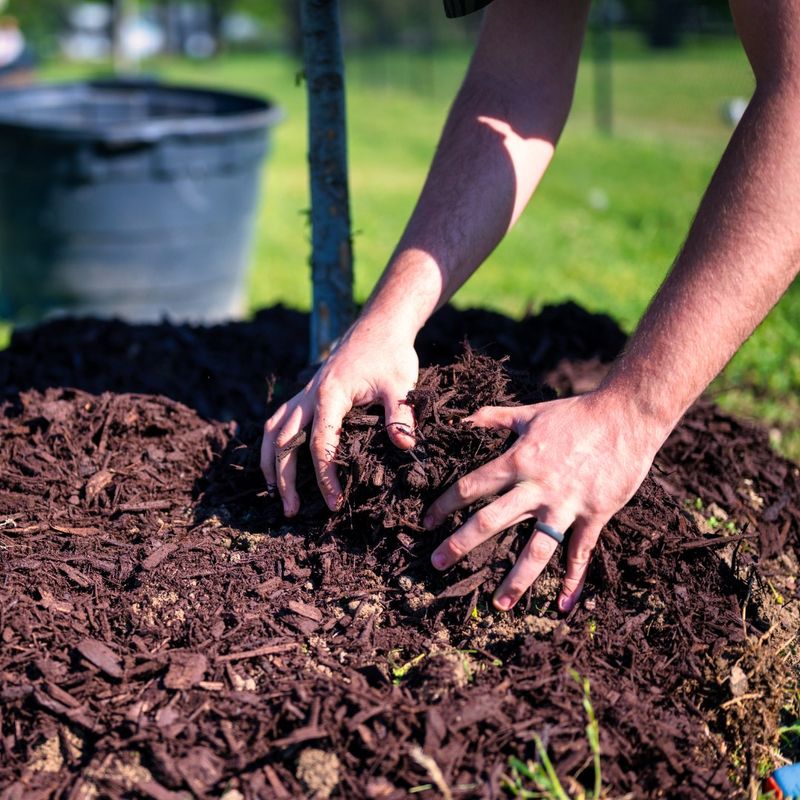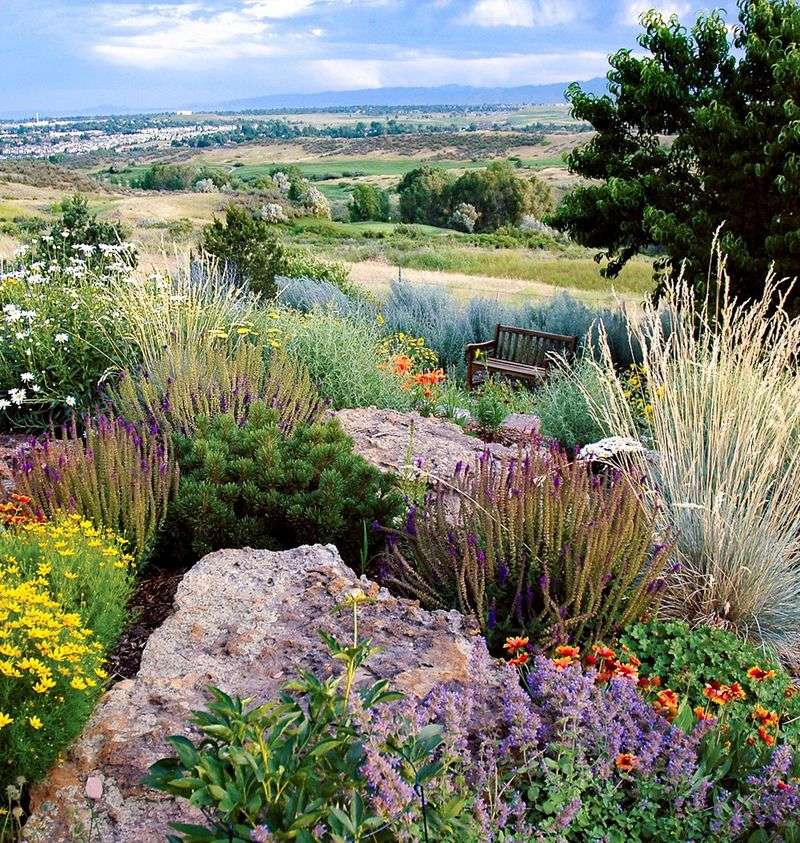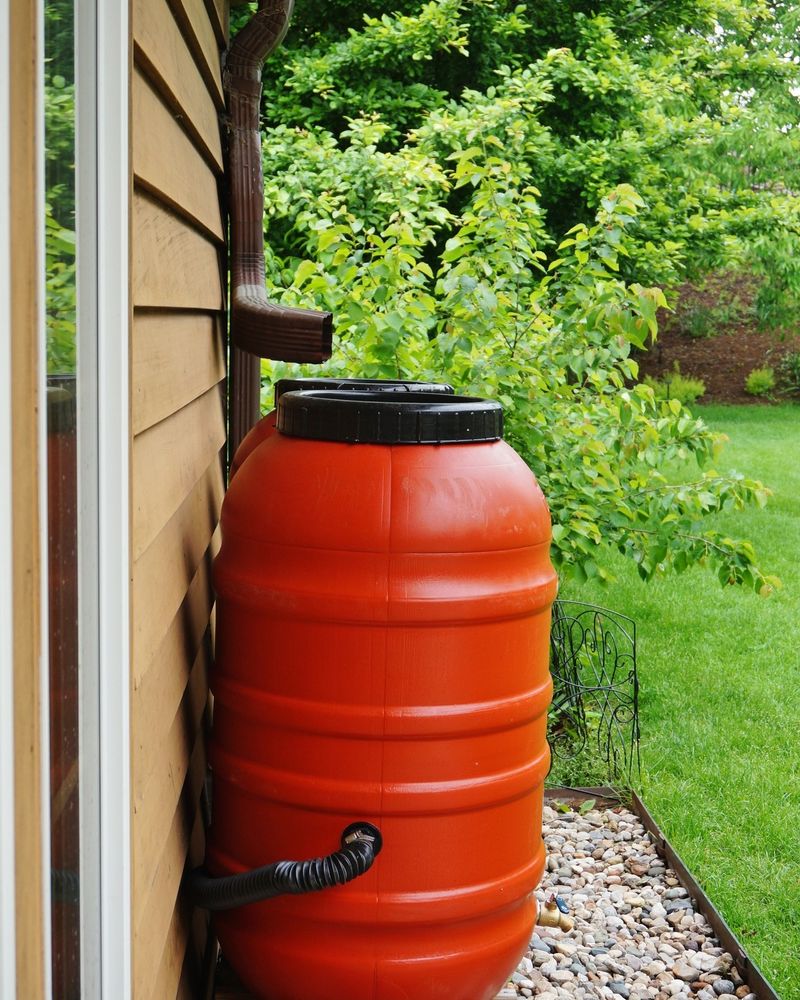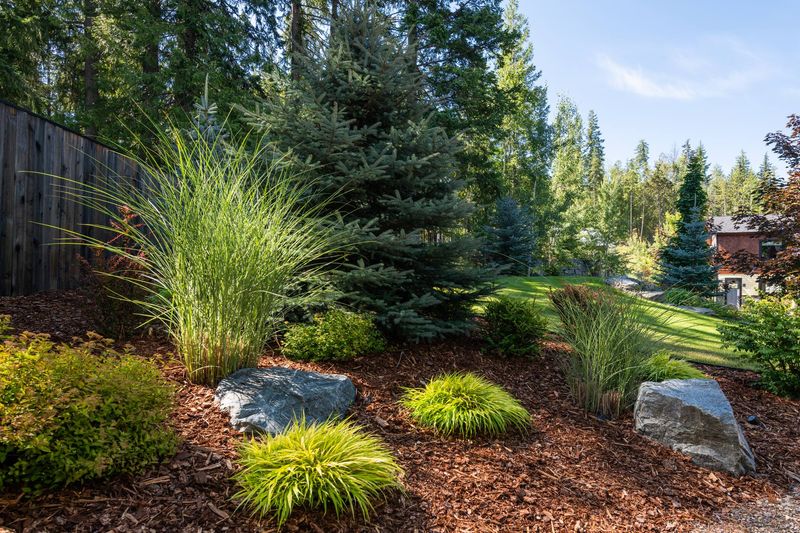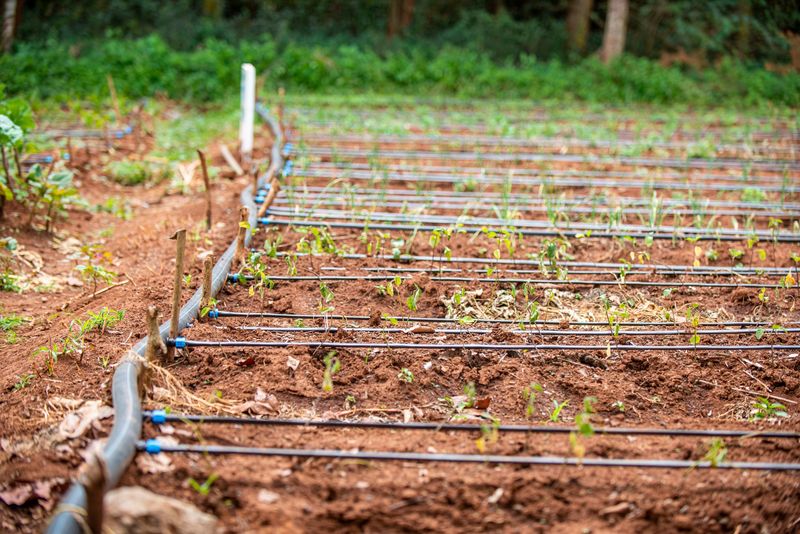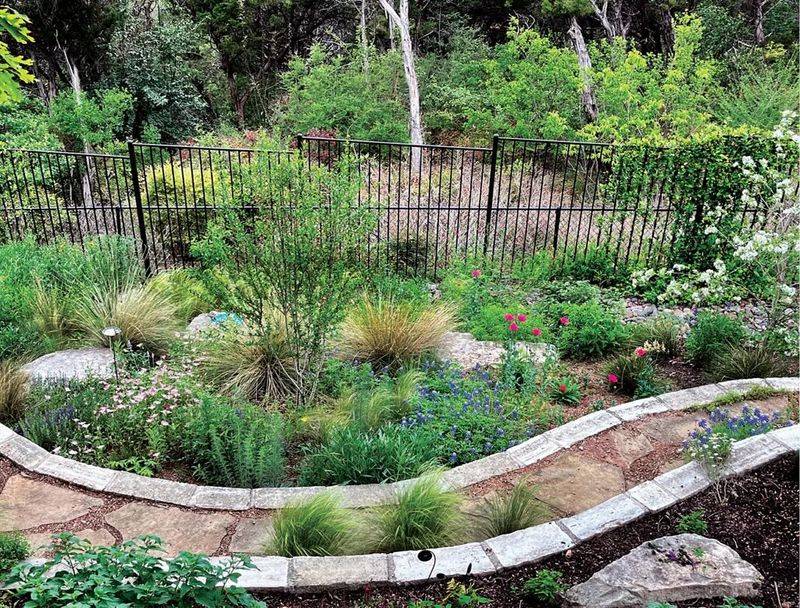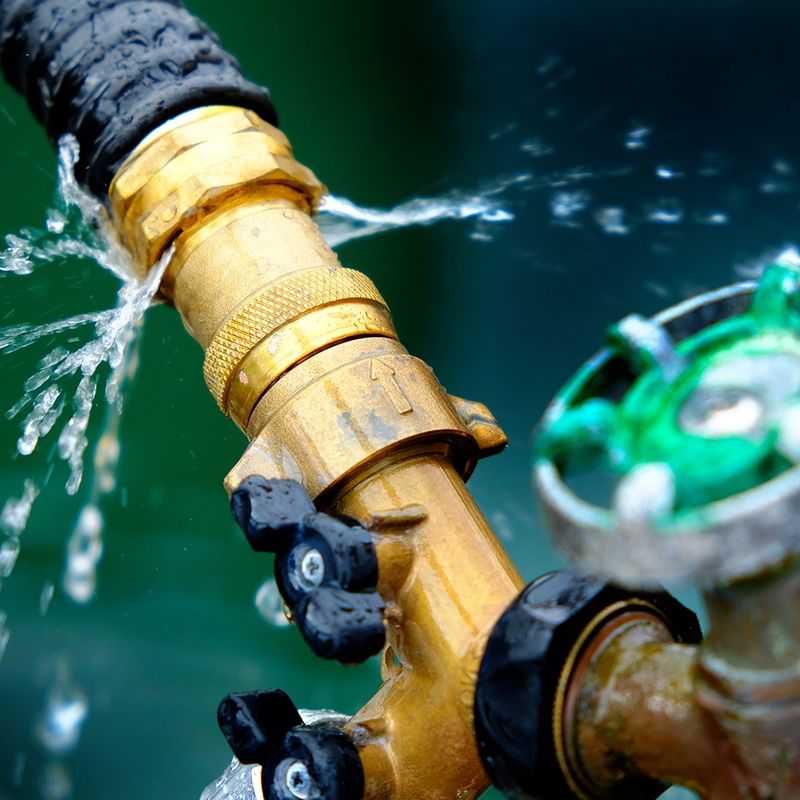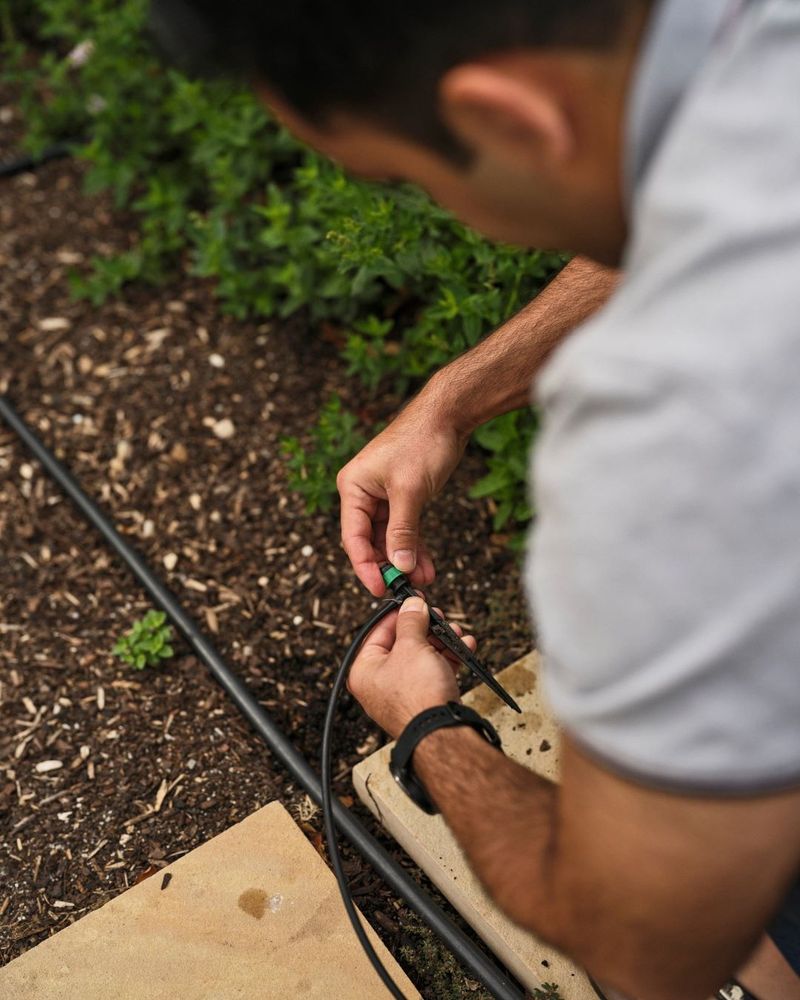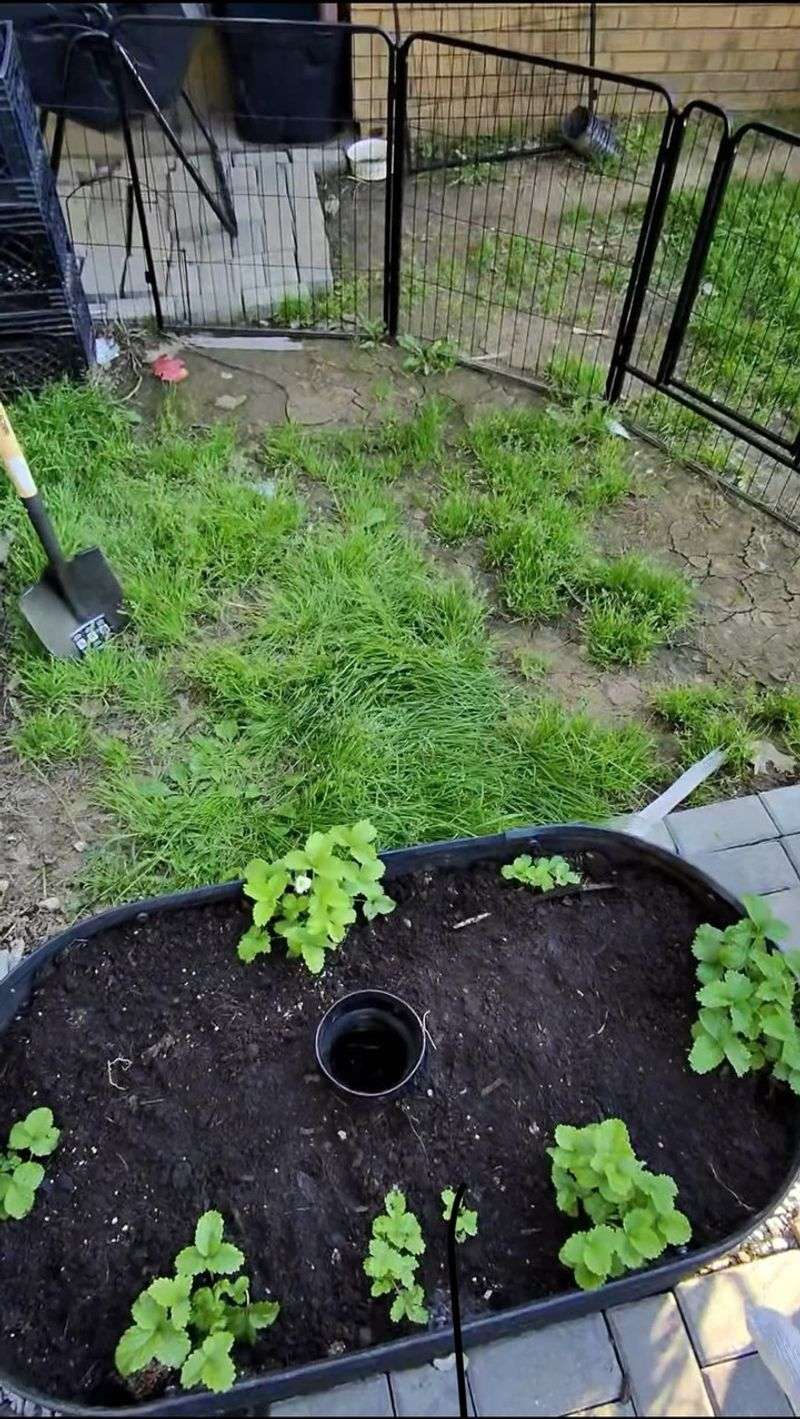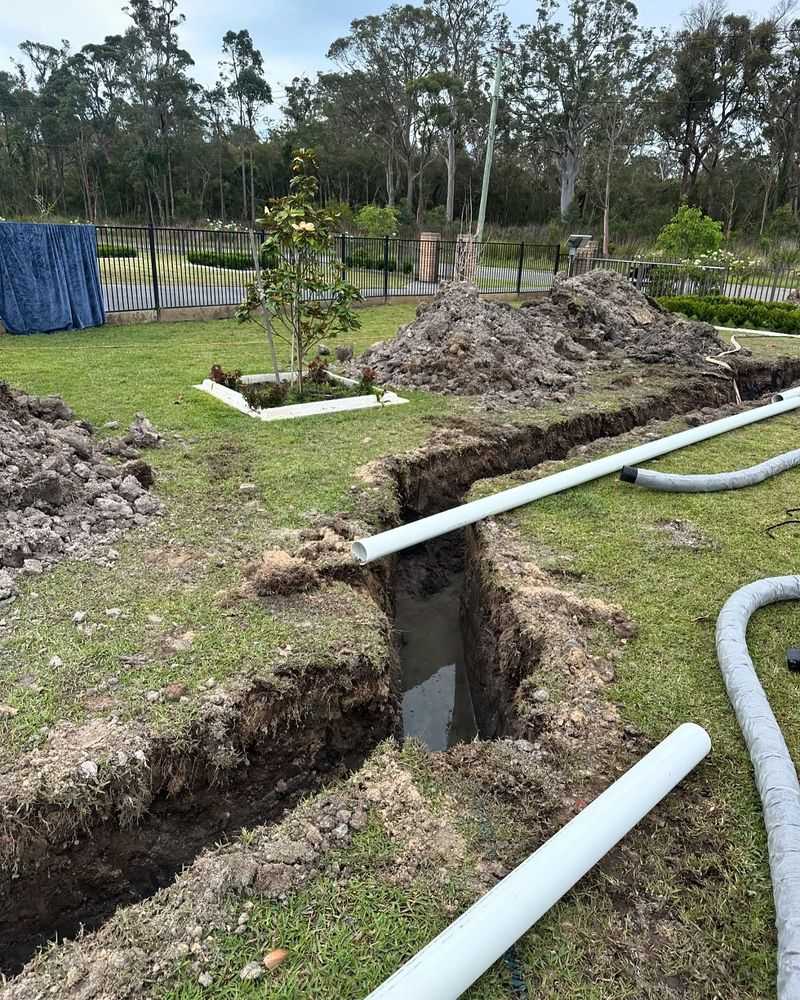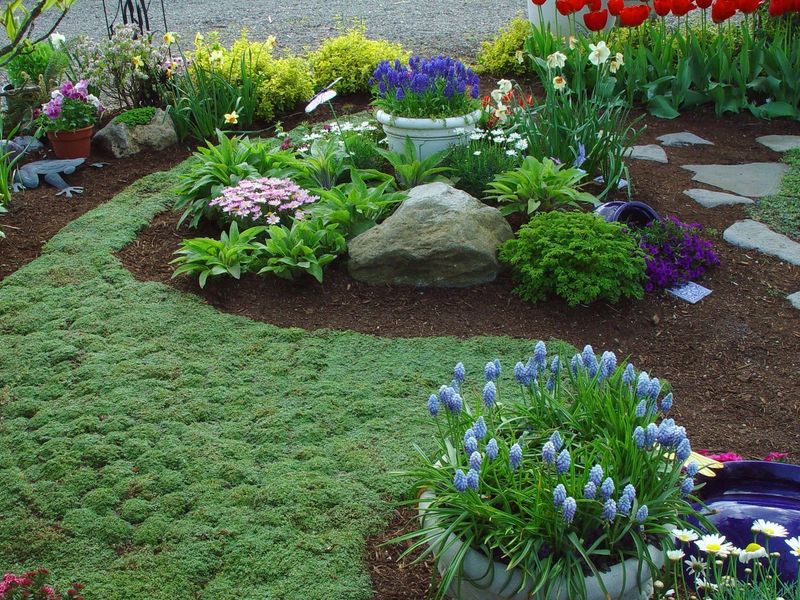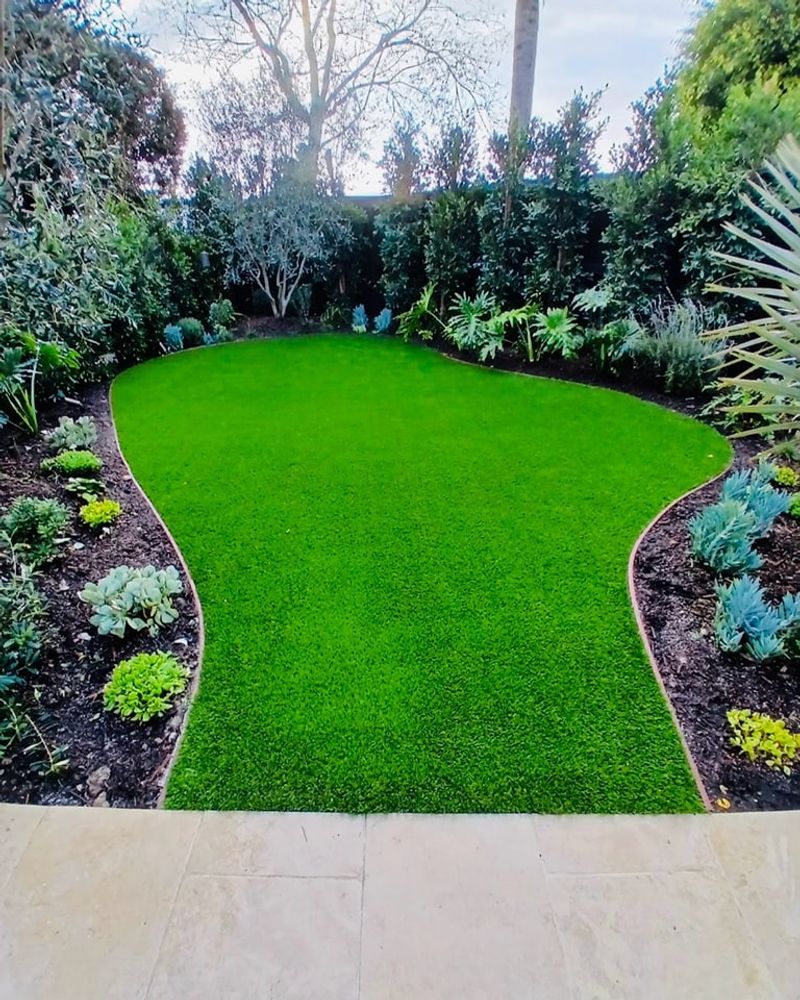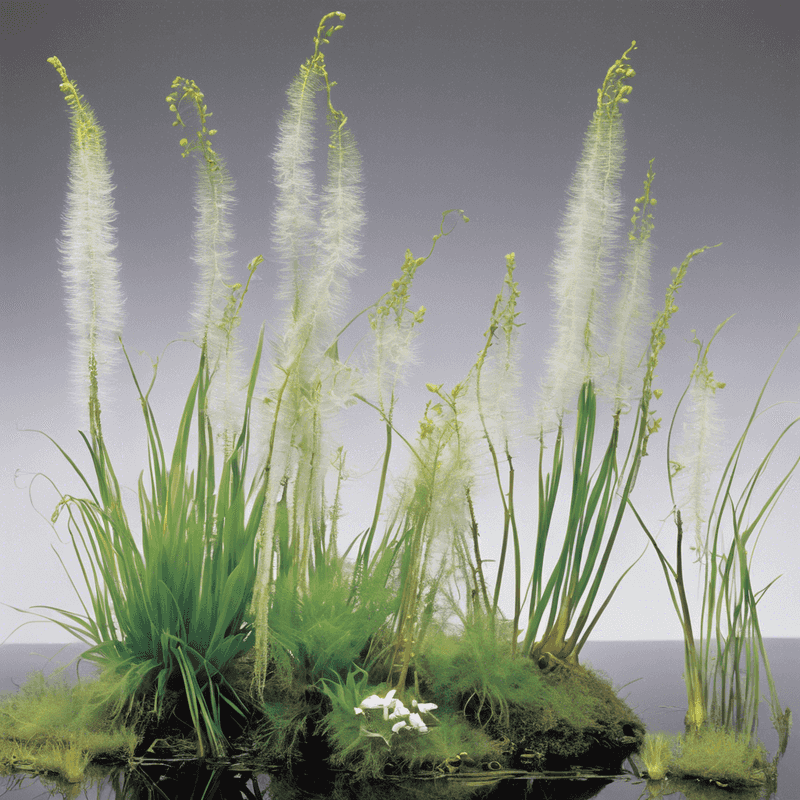As temperatures rise and the days grow longer, your garden starts to thirst for more water—but that doesn’t mean your water bill has to skyrocket. May is the perfect time to embrace water-wise gardening strategies that keep your plants happy and conserve every precious drop. Whether you’re dealing with dry spells or just want to garden smarter, these simple yet effective tips will help your garden thrive all season long without wasting resources. From smart watering techniques to choosing the right plants, it’s all about working with nature, not against it.
1. Mulch to Retain Moisture
Mulch is a gardener’s best friend, especially during the warmer months. By spreading a layer of mulch over garden beds, you help soil retain moisture. This means less watering is needed.
Additionally, mulch keeps the soil temperature steady, protecting plant roots. With less evaporation, your garden stays lush and green. Try experimenting with different kinds like bark, straw, or grass clippings.
They not only conserve water but also prevent weeds from taking over. Plus, as mulch breaks down, it adds nutrients back into the soil, making your plants healthier and happier.
2. Choose Drought-Resistant Plants
Imagine having a garden that thrives even with little water. When you select drought-resistant plants, you’re making a smart choice. These plants, like succulents and lavender, are adapted to dry conditions. They save water and add beauty to your garden.
Their tough nature makes them ideal for areas with water restrictions. This means you can enjoy a colorful garden all season long without excessive watering.
Mixing different types can create a vibrant, diverse landscape. Embrace these resilient plants, and watch them flourish with minimal effort.
3. Water Early in the Morning
Timing is everything when it comes to watering your garden. Early morning is the best time to water. The cooler temperatures minimize evaporation, ensuring that water reaches the roots where it’s needed most.
This practice also helps prevent mold and mildew, as leaves have time to dry during the day. By morning watering, you’re giving plants the best start.
If you’re an early riser, it’s a peaceful way to enjoy the quiet beauty of your garden. Plus, it sets the tone for a productive day ahead.
4. Install a Rain Barrel
Collecting rainwater is a fantastic way to conserve water in your garden. By installing a rain barrel, you can harness rainwater runoff from your roof. This free resource can be used for watering plants, washing tools, or even topping off birdbaths.
It’s an eco-friendly solution that reduces your water bill. Rain barrels come in various sizes, fitting different garden spaces. Place it under a downspout, and watch your savings grow.
While you’re at it, consider linking multiple barrels for even greater capacity.
5. Group Plants by Water Needs
Organizing plants by their water needs is a clever strategy. By grouping plants with similar requirements, you ensure efficient watering. This method prevents overwatering or underwatering.
For instance, placing thirsty plants together means you can water them more frequently without affecting others. It simplifies your gardening routine.
Additionally, it promotes healthier plants, as each group gets precisely what it needs. This thoughtful planning can lead to a more sustainable and attractive garden. Try creating different zones, and enjoy the harmony in your garden.
6. Use Drip Irrigation
Drip irrigation is a smart way to water your garden efficiently. This system delivers water directly to plant roots, minimizing waste. It’s perfect for conserving water and ensuring plants get exactly what they need.
By reducing runoff and evaporation, drip irrigation keeps your garden hydrated. It’s easy to set up and can be customized for different garden layouts.
Plus, it saves you time, as you won’t need to hand-water each plant. Enjoy a healthy garden with less effort and more environmental benefits.
7. Select Native Plants
Native plants are perfectly adapted to your local climate, requiring minimal water. Incorporating them into your garden is both beautiful and practical. These plants thrive naturally, reducing the need for constant care.
They’re also fantastic for attracting local wildlife, such as butterflies and birds. Embracing native plants creates a balanced ecosystem. By choosing them, you contribute to preserving local flora.
It’s a win-win for your garden and the environment. Discover the unique beauty of native plants, and enjoy a lush, water-wise landscape.
8. Fix Leaks and Maintain Equipment
Leaks in hoses or irrigation systems can waste a surprising amount of water. Regular maintenance prevents this problem, ensuring everything runs smoothly. Periodically check for leaks and fix them promptly.
This not only conserves water but also extends the life of your equipment. Maintaining your tools and systems keeps your garden efficient. It’s a small task with big rewards, saving both water and money.
Plus, a well-maintained garden is more enjoyable to work in. Stay vigilant, and keep your garden thriving with minimal waste.
9. Apply Watering to the Roots
Watering at the roots is a simple yet effective method to conserve water. Directing water to the base of plants ensures it reaches where it’s needed most. This reduces waste and promotes healthy growth.
By avoiding leaves, you also prevent disease, as wet foliage can lead to mold. This method requires less water, saving you time and resources.
It’s a straightforward technique that makes a big difference. Your plants will thank you with lush, vibrant growth, enhancing your garden’s overall beauty.
10. Create Shade with Structures
Shade structures can make a significant impact on water conservation. By providing shade, you reduce evaporation and protect plants from harsh sunlight. Pergolas, shade cloths, or even strategically placed trees can offer relief.
This lower water demand means less frequent watering. Additionally, shaded areas create a more comfortable environment for plants and gardeners alike.
The cooler temperatures help plants retain moisture, promoting healthy growth. Consider incorporating shade into your garden design, and enjoy a more sustainable, water-wise space.
11. Compost to Improve Soil
Compost is a powerful tool for improving soil quality and conserving water. By adding compost to your garden, you enhance soil structure, increasing its ability to retain moisture. This means less watering is needed to keep plants healthy.
Compost also adds vital nutrients, promoting robust growth. As organic matter breaks down, it enriches the soil. Creating compost is easy and sustainable, using kitchen scraps and garden waste.
It’s an eco-friendly practice with numerous benefits. Give your garden a boost with nutrient-rich compost.
12. Use Greywater Systems
Greywater systems offer an innovative way to recycle water for gardening. By redirecting water from sinks and showers, you can irrigate plants efficiently. This reduces your household water footprint.
Greywater is safe for most plants, making it a valuable resource. Setting up a system requires planning but pays off in savings and sustainability. It’s a step towards responsible water use.
With careful management, you can maintain a thriving garden while conserving water. Explore the possibilities of greywater, and make a difference in your garden.
13. Plant Ground Covers
Ground cover plants are excellent for conserving water. They spread across the soil, reducing evaporation and suppressing weeds. This helps the soil retain moisture, minimizing the need for frequent watering. Ground covers also add visual appeal with their lush, green appearance.
They’re versatile and can thrive in various conditions. By choosing the right ground cover, you enhance your garden’s beauty and sustainability.
They provide habitat for beneficial insects, contributing to a balanced ecosystem. Consider adding ground covers to your garden for a water-wise touch.
14. Consider Artificial Turf
Artificial turf is a water-wise alternative to natural grass. It stays green and lush without watering, making it perfect for dry areas. While it lacks the natural feel of grass, it offers consistent beauty with minimal maintenance.
Installing turf reduces water use significantly, contributing to conservation efforts. It’s easy to care for, requiring no mowing or fertilizing.
Artificial turf can complement other garden features, creating a neat, clean look. If you’re seeking a low-water solution, explore the benefits of artificial turf.
15. Harvest Dew and Fog
Harvesting dew and fog is an innovative technique for water conservation. By using nets or other devices, you can capture moisture from the air. This collected water can supplement your garden’s needs. It’s especially useful in coastal or foggy areas where traditional water sources may be limited.
This method is environmentally friendly and requires minimal setup. Capturing atmospheric moisture turns nature’s bounty into a practical resource.
It’s a creative approach to keeping your garden hydrated, even in challenging conditions. Discover how atmospheric moisture can benefit your garden.

